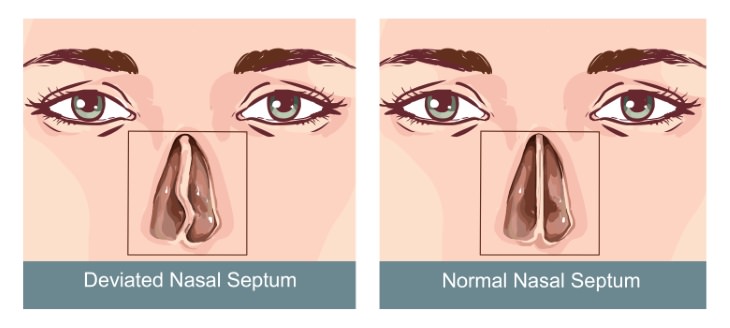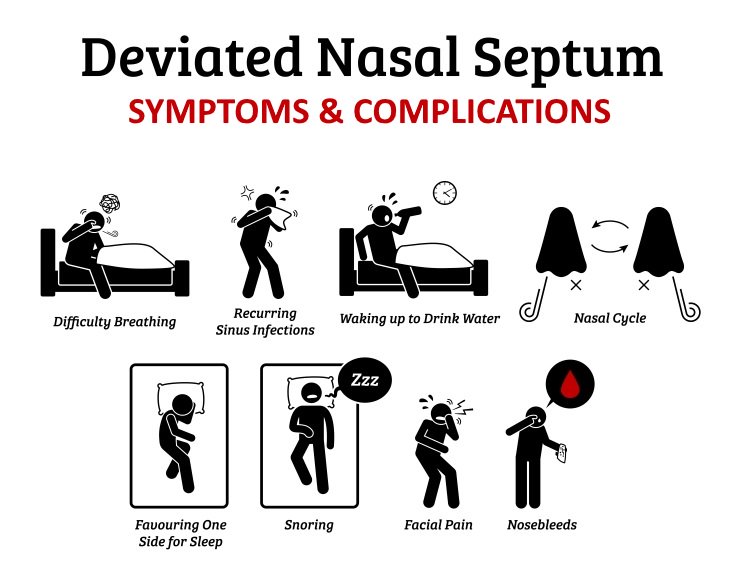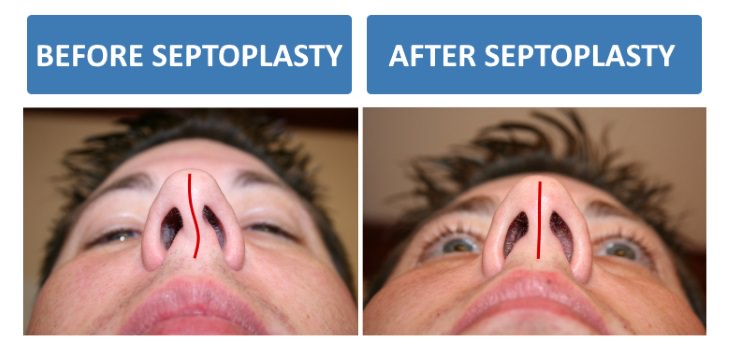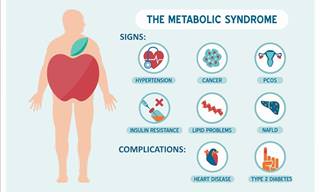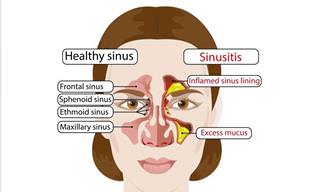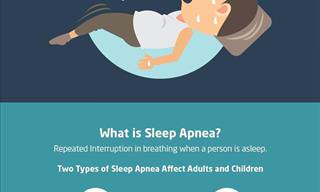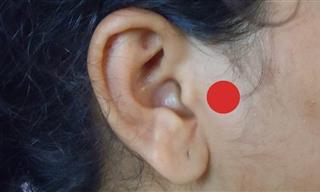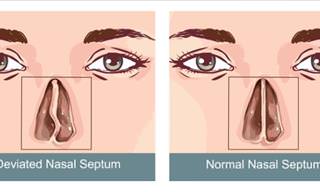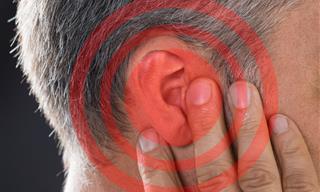Definition and Causes
The nasal septum is cartilage that divides your nasal cavity into two equal partitions and supports the structure of the nose, making sure air passes through the nose freely. Sometimes, the nasal septum isn’t completely straight and, in this case, it divides the space within the nasal cavity unevenly, and this is called a deviated septum.
Over 80% of the people worldwide have a deviated septum. In some cases, the deviation is hardly visible and is asymptomatic, but in others, it may cause a variety of uncomfortable symptoms and lead to many complications.
But how does a deviated septum occur, in the first place?
Since the nasal septum is not made of bone, but rather of more pliable cartilage tissue, it is more prone to displacement. In many cases, it’s enough for someone to be whacked with a ball to displace their nasal septum. In fact, trauma is the most common cause of this condition, as illustrated by the fact that people who engage in contact sports and ball games are significantly more likely to have a deviated septum.

But injury and trauma isn’t always the cause of this condition, as sometimes, babies are already born with a deviated septum and, in these cases, a deviated septum is the result of a flaw in fetal development.
Symptoms and Complications
Depending on the severity of the deviation, the symptoms of a deviated septum range from unnoticeable to severe. With age, the symptoms of a deviated septum may worsen or become more apparent, as nasal constitution can change over time. The most common symptoms exhibited by patients with this condition are the following:
- Difficulty breathing through one or both nostrils. If you notice that it’s more difficult for you to breathe through one or both nostrils, your deviated septum may be causing a partial or complete obstruction in your nasal cavity.
- Dryness in the nose. Since more air is passing through the nostril that isn’t obstructed, you may find it's constantly dry.
- Nosebleeds. Nasal dryness increases your risk of nosebleeds.
- Snoring and noisy breathing in your sleep. A narrow passage in one of the nostrils can make your breathing sound louder and make you snore.
- Yours prefer to sleep on one side. When you find it difficult to breathe through one of your nostrils, it may urge you, even without noticing, to sleep on the opposite side so that it’s easier for you to breathe.
- Facial pain. An extreme deviation in the nasal septum may produce one-sided facial pain.
If left untreated, patients may experience several complications that interfere with your daily life and increases your risk of developing other respiratory conditions. Here are the most common complications of a deviated septum:
1. Recurrent sinus problems and chronic nasal congestion that doesn’t respond to treatment.
2. Pressure in the sinuses that worsens when you tilt your head forward.
3. A feeling of dryness in the mouth.
4. Poor sleep as a result of difficulty breathing while sleeping.
Treatment
If you’re experiencing frequent nasal congestion that doesn’t respond to treatment, recurrent nosebleeds, and chronic sinus infections, you should seek out treatment for your deviated septum. Your doctor will usually start the treatment by prescribing drugs that eliminate the swelling and inflammation, which can make it easier for you to breathe through both of your nostrils.
Depending on what is causing the inflammation and swelling of the soft tissues, your doctor can prescribe either nasal steroid sprays, allergy medications, or decongestant sprays. If you have trouble sleeping, the doctor may also suggest using nasal strips, which are plastic adhesive bandages you stick on your nose at night that can temporarily aid air passage through the nose.
Still, none of these conservative treatments are capable of straightening the nasal septum itself permanently, and if the adverse symptoms you’re experiencing persist, it may be necessary to correct the nasal septum through a type of reconstructive surgery called a septoplasty.
During this surgery, the nasal septum is straightened and re-centered in your nasal cavity. This may require some parts of the septum reshaped or supported by silicone splints. After recovering from the surgery, the air will pass normally through your nose and patients usually find that their symptoms are completely cleared.
Summing up. A deviated septum is a widespread condition that develops when your nasal septum diverges off center. It is manifested through a variety of symptoms and can cause complications. The condition should be addressed and treated either with medication or through surgery if it exhibits adverse and persistent symptoms and interferes with your life.
 Go to BabaMail
Go to BabaMail


